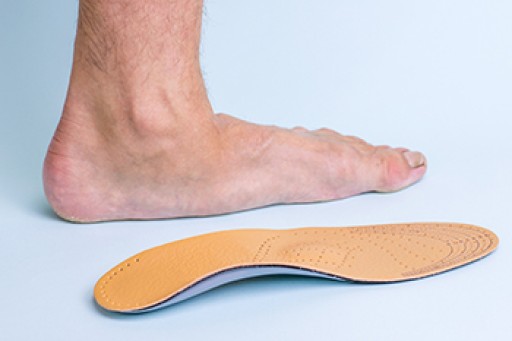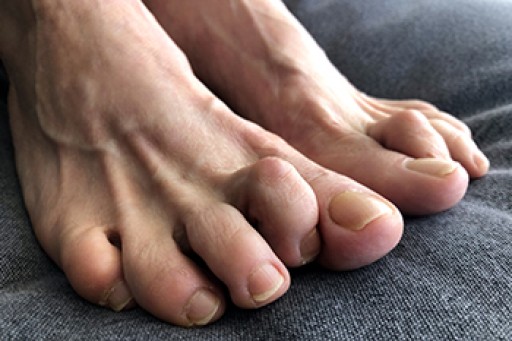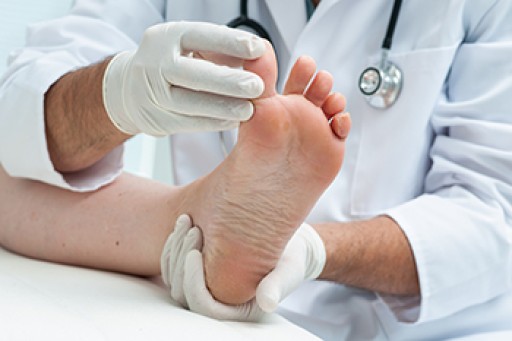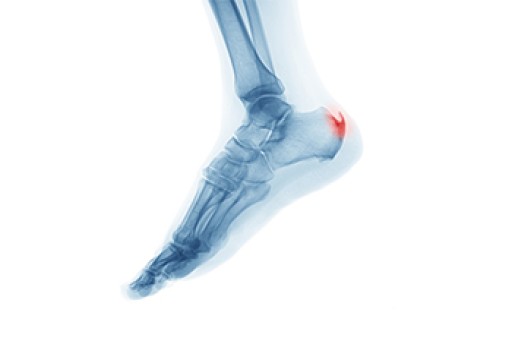
Having flat feet is when one stands on a flat surface and their entire foot is in contact with that surface, with no visible arch. This condition used to be considered a problem and even used to bar one from military service. While flat feet can be an indicator of poor biomechanics or walking style, they do not always cause problems. Babies are born with flat feet and do not have a foot arch until it is filled with fat as they develop. If the arch drops later in life, it is known as acquired flat foot. This is sometimes associated with problems, like excessive pronation or the foot rolling inward and lowering the arch closer to the ground. Problems with the feet can lead to problems elsewhere in the body, such as knees, hips, and the back. If you have flat feet and they cause you pain, see a podiatrist for an examination and guidance.
Flatfoot is a condition many people suffer from. If you have flat feet, contact Alex Kim, DPM from AVID Foot & Ankle Center. Our doctor will treat your foot and ankle needs.
What Are Flat Feet?
Flatfoot is a condition in which the arch of the foot is depressed and the sole of the foot is almost completely in contact with the ground. About 20-30% of the population generally has flat feet because their arches never formed during growth.
Conditions & Problems:
Having flat feet makes it difficult to run or walk because of the stress placed on the ankles.
Alignment – The general alignment of your legs can be disrupted, because the ankles move inward which can cause major discomfort.
Knees – If you have complications with your knees, flat feet can be a contributor to arthritis in that area.
Symptoms
- Pain around the heel or arch area
- Trouble standing on the tip toe
- Swelling around the inside of the ankle
- Flat look to one or both feet
- Having your shoes feel uneven when worn
Treatment
If you are experiencing pain and stress on the foot you may weaken the posterior tibial tendon, which runs around the inside of the ankle.
If you have any questions please feel free to contact our office located in Little Elm, TX . We offer the newest diagnostic and treatment technologies for all your foot and ankle needs.











